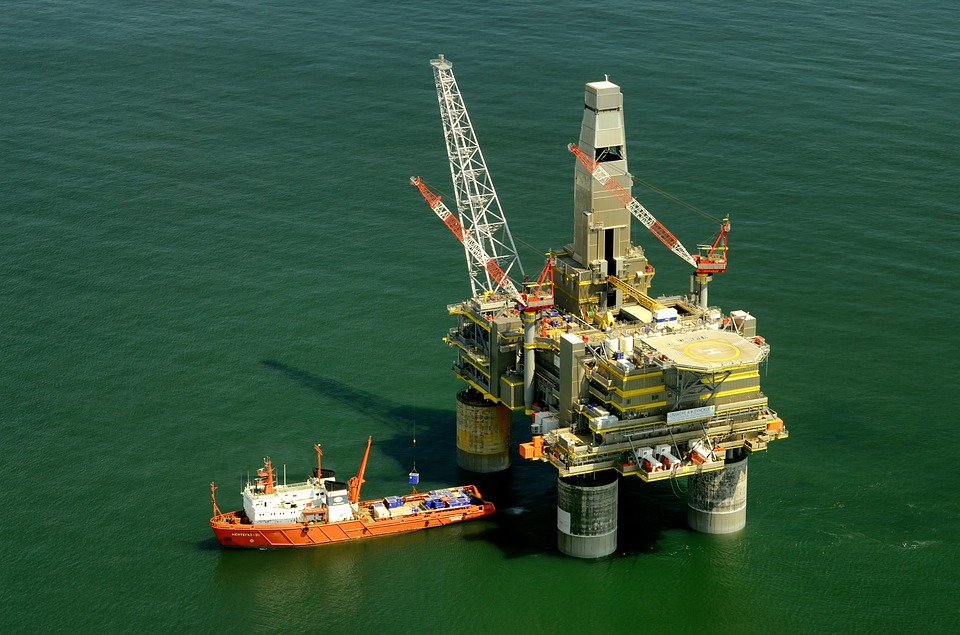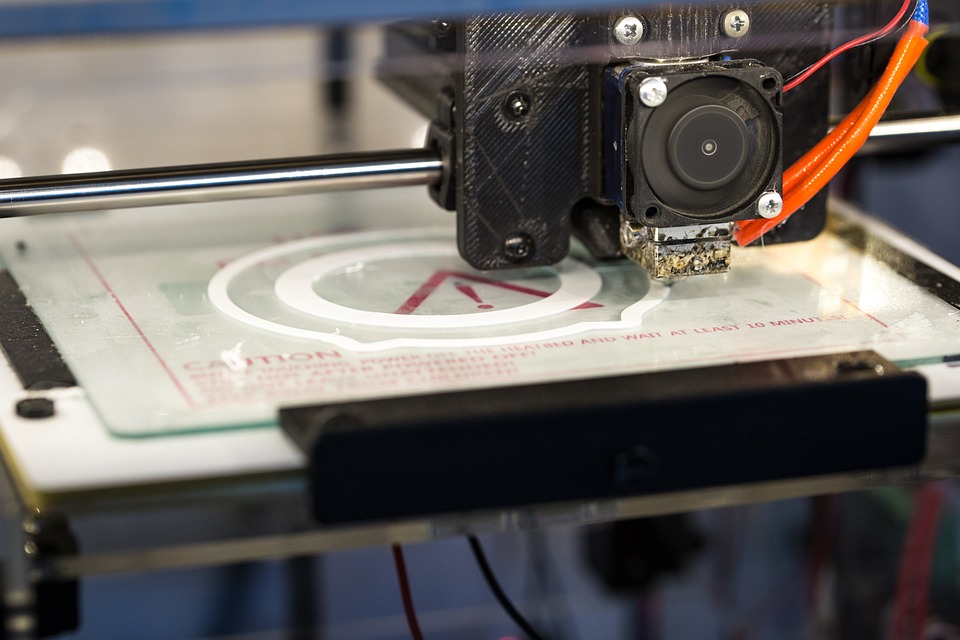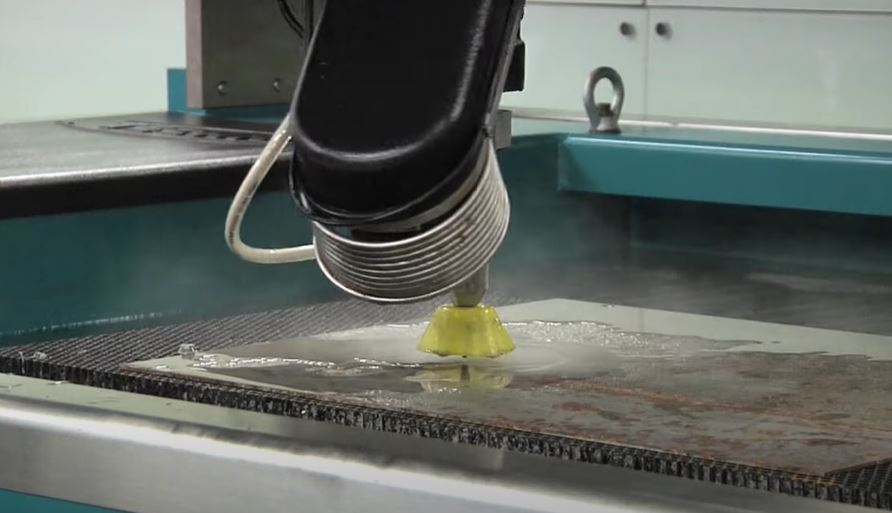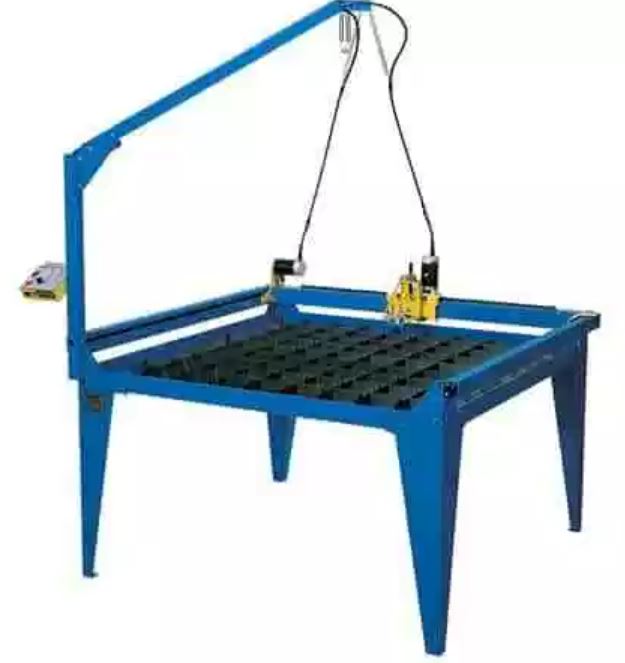Your cooking tools are probably the essential point inside your dining establishment. One unexpected failing could destroy an eventful supper solution. Even more, a kitchen area fire can put you sedentary for days and even weeks.
To maintain the equipment and keep the business operational, complying with five factors are among the essential regular upkeep needs in the kitchen. The very best techniques are listed here.

Standard Catering Equipment Repairs and Upkeep Requirements
1. Duct and Air Vent Hood Cleaning
To get rid of oil accumulated from grease-laden vapors, the air vent hood, and air duct need to be cleaned up by a capable contractor at the very least once in six months. A professional hood cleaning service should do this service. Such a solution might require it to be done more regularly, but every 6 months is for most commercial kitchen areas. In between resolution dates, the team could wipe down the parts of the hood to a minimum to keep it clean.
2. Grease Filter Cleansing
Oil filters gather grease as grease-laden vapors move up right to the hood, lowering the grease that takes a trip straight into the air duct. Although this is wonderful in enhancing the amount of time, it indicates that the oil filters should be cleaned on a regular basis.
A common oil filter cleaning interval is once every week, yet they might be done frequently if you do hefty oil cooking. Many restaurants clean up the filters every night. This is a superb method to decrease fire dangers.
3. Deep Fryer Evaluation
A deep fat fryer is among the best fire hazards in the majority of industrial cooking zones. The deep fat fryer needs to be cleaned and kept in accordance with the maker’s referrals, which includes regular cleaning of the cupboard by your personnel. Similarly, the fryer needs to be checked by a professional business food preparation appliance professional a minimum of every twelve months when the unit has been in solution for five years. An inspection includes items that are hard to reach and might be possibly harmful to inexperienced employees.

4. Floor Upkeep
Most people don’t consider their kitchen area flooring as part of the equipment; however, it is the apparatus that gets extra routine use than other parts of the cooking area. Inappropriate flooring treatment can lead to a slip and autumn that could bring your kitchen’s performance to a halt or leave you short-staffed, and cut into the bottom line. Floors ought to be cleaned up routinely with an excellent cleaner developed for industrial kitchen floorings.
In an industrial kitchen area, catering equipment repairs are a must to keep them on top working to ensure food quality and consistency. It is important for the company. Because of this, ensuring you have the ideal kitchen area equipment in place, which is looked after correctly, is essential.









